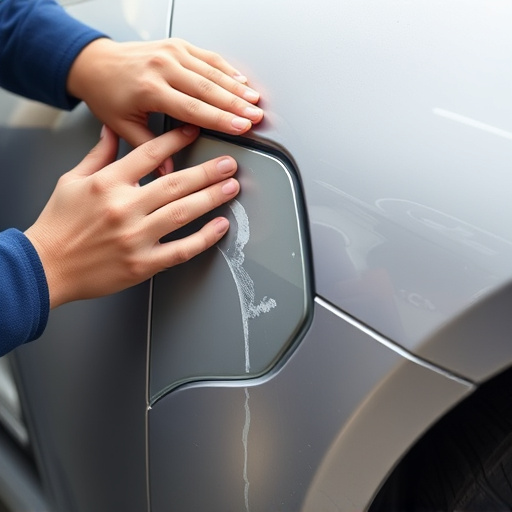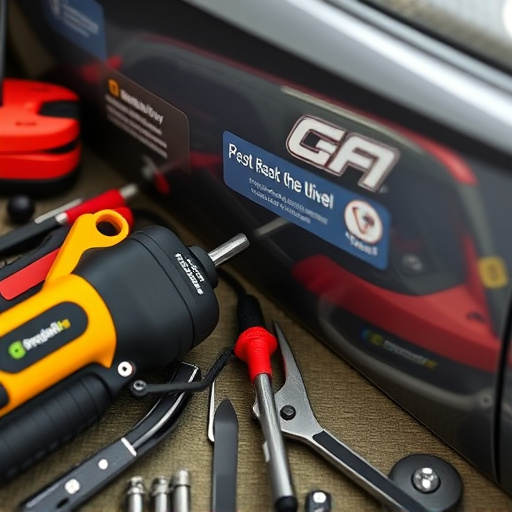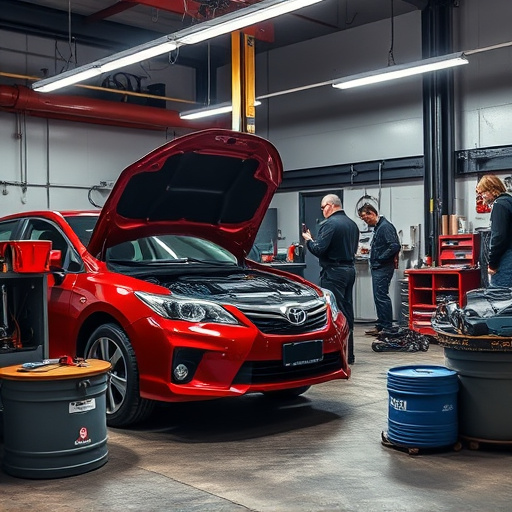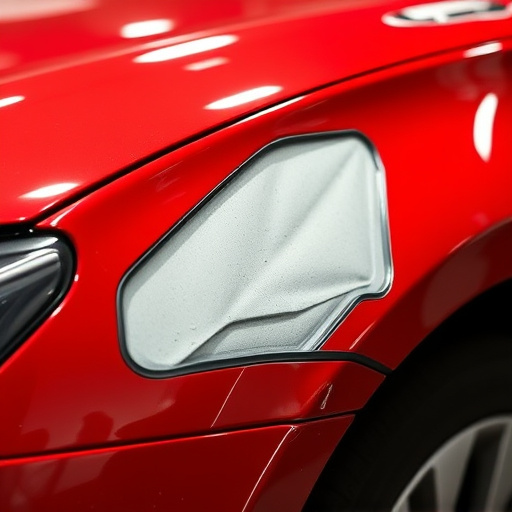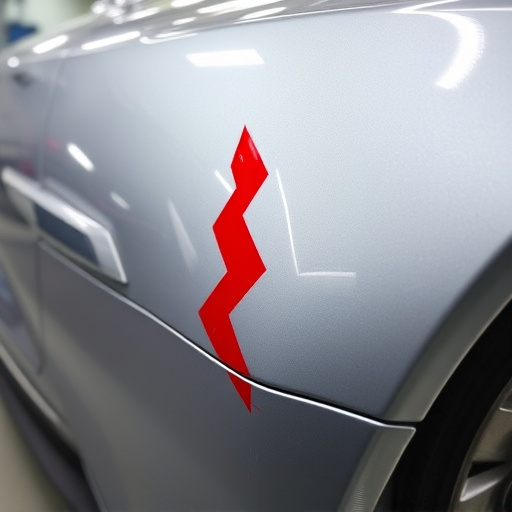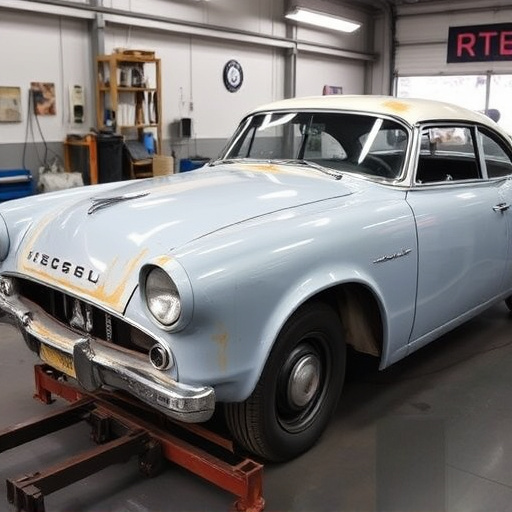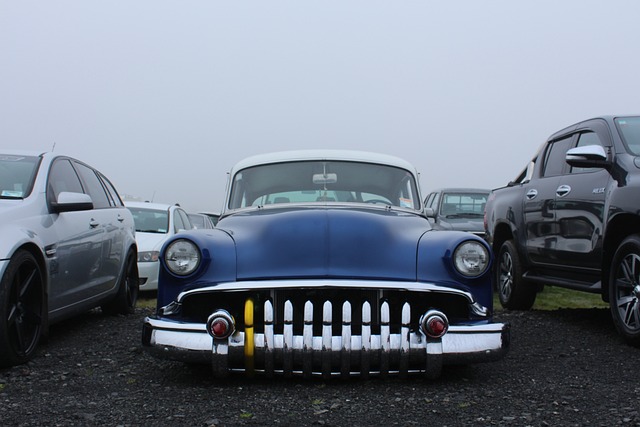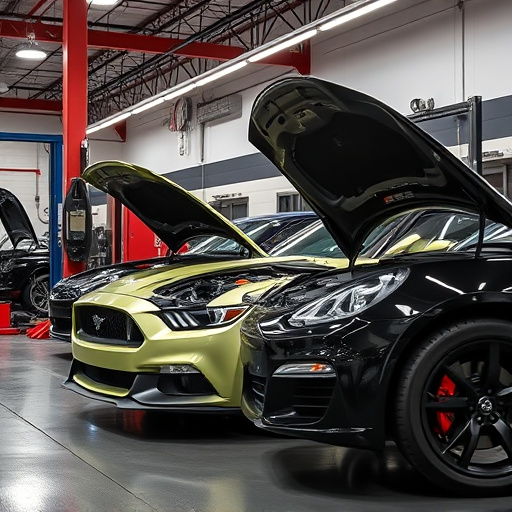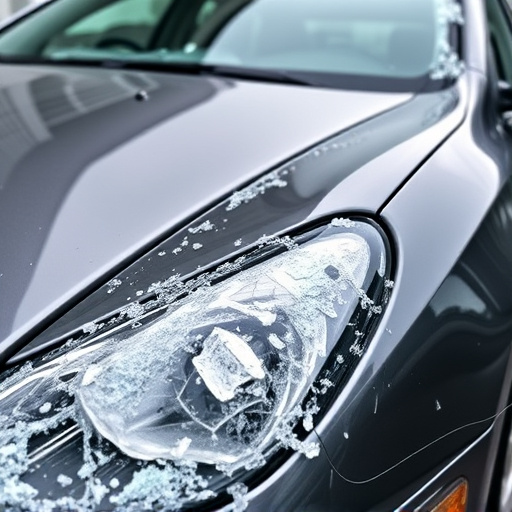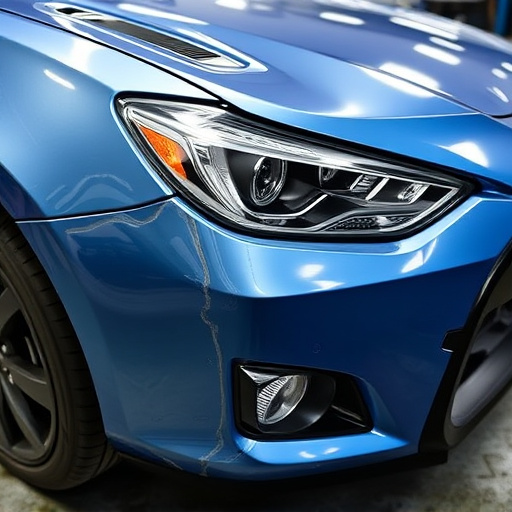Car collision repair estimates involve understanding basic cost components: structural and cosmetic repairs, labor rates (varying by region, skill), and parts/materials costs (part availability, market fluctuations, vehicle make). Inquiring about these aspects empowers owners to compare quotes and ensure fair pricing for their collision repair services.
Car collision repair can be a complex process, with various cost factors influencing estimates. Understanding the basic components of labor, parts, and materials is crucial for accurately assessing the financial burden. This article delves into these key areas, exploring how labor rates vary, the impact of specific parts and materials on expenses, and providing insights that empower both car owners and repair shops to navigate the complexities of car collision repair pricing.
- Understanding Basic Cost Components in Car Collision Repair
- Labor Rates: A Major Factor in Estimating Costs
- Parts and Materials: The Variable Expenses Explained
Understanding Basic Cost Components in Car Collision Repair
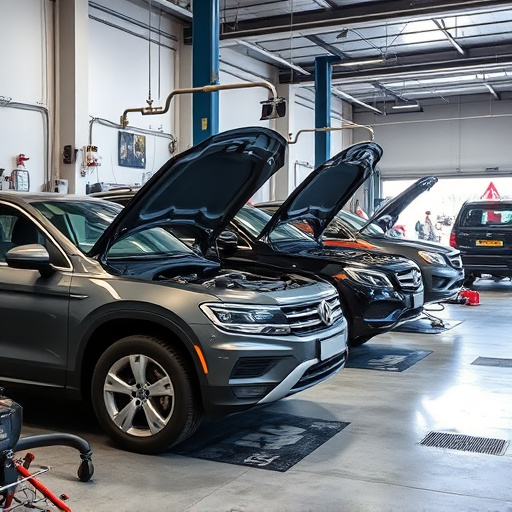
When it comes to understanding car collision repair estimates, knowing the basic cost components is essential. Auto body repairs form a significant portion of these costs. This includes both structural and cosmetic fixes. The former involves straightening bent metal, replacing damaged panels, and realigning frames, while the latter encompasses painting, detailing, and restoring the vehicle’s exterior to its pre-collision condition. These repairs can vary widely based on factors like the severity of damage, availability of parts, labor rates at different collision centers, and the specific make and model of the car.
Collision repair services encompass more than just auto body repairs. Additional costs may arise from paint matching, which ensures a perfect color match for the vehicle’s finish, and various safety inspections to guarantee that the car meets roadworthiness standards after the repairs. Moreover, some collision centers may charge extra for specialized services or advanced technologies used in their processes. Being aware of these components allows vehicle owners to better grasp the quotes they receive from different collision centers, enabling them to make informed decisions when choosing a facility for their car collision repair needs.
Labor Rates: A Major Factor in Estimating Costs
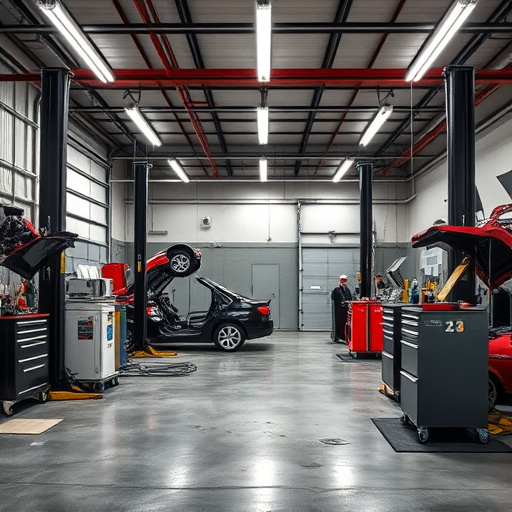
Labor rates vary widely across regions and even between similar shops, making them a critical component of any car collision repair estimate. These rates are influenced by factors like local cost of living, demand for skilled labor, and the shop’s operational expenses. For instance, metropolitan areas with higher costs of living tend to have higher labor rates, which can significantly impact the overall bill for customers. Additionally, specialized skills required in classic car restoration or intricate auto body work command premium rates due to the increased time and expertise needed to complete these tasks.
When comparing collision repair estimates from different auto body shops, understanding the breakdown of labor costs is essential. Some shops may offer lower prices due to economies of scale or streamlined processes, while others might charge more for high-quality craftsmanship and specialized services. Customers should inquire about labor rates upfront to avoid unexpected fees and ensure they receive a fair price for their car collision repair.
Parts and Materials: The Variable Expenses Explained
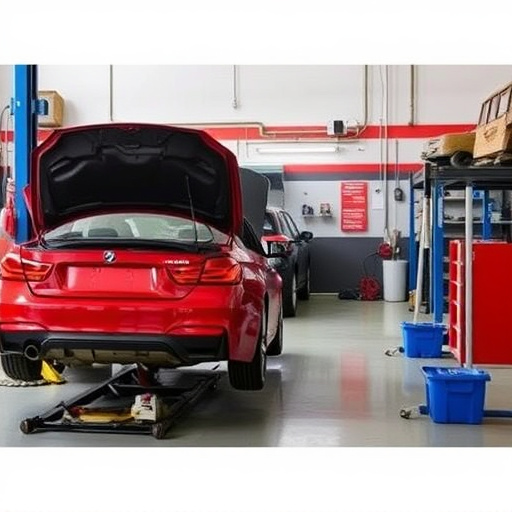
When it comes to understanding car collision repair estimates, one of the key areas to focus on is the cost of parts and materials. This can vary significantly depending on several factors, such as the availability and quality of replacement parts, market fluctuations in raw materials, and even the specific make and model of the vehicle. For instance, rare or high-end vehicles may require specialized components that are more expensive than those for common models.
Automotive body work, a crucial component of car collision repair, involves not just replacing damaged parts but also ensuring that everything is aligned and functions correctly. The cost here includes labor, with skilled technicians charging varying rates based on their experience and the complexity of the job. Additionally, materials used in automotive body work, from paint to body panels, can have wide-ranging prices, reflecting factors like brand, durability, and environmental considerations. These variable expenses contribute to the overall car collision repair estimate, making it essential for owners to inquire about them when considering repairs.
When it comes to car collision repair, understanding the cost factors is crucial for both repair shops and vehicle owners. By delving into the basic components of labor rates and parts/materials expenses, individuals can better navigate the estimation process. Awareness of these variables empowers them to make informed decisions, ensuring they receive accurate quotes and quality repairs without unnecessary financial strain. Remember that, in the realm of car collision repair, knowledge is a powerful tool for both parties involved.


